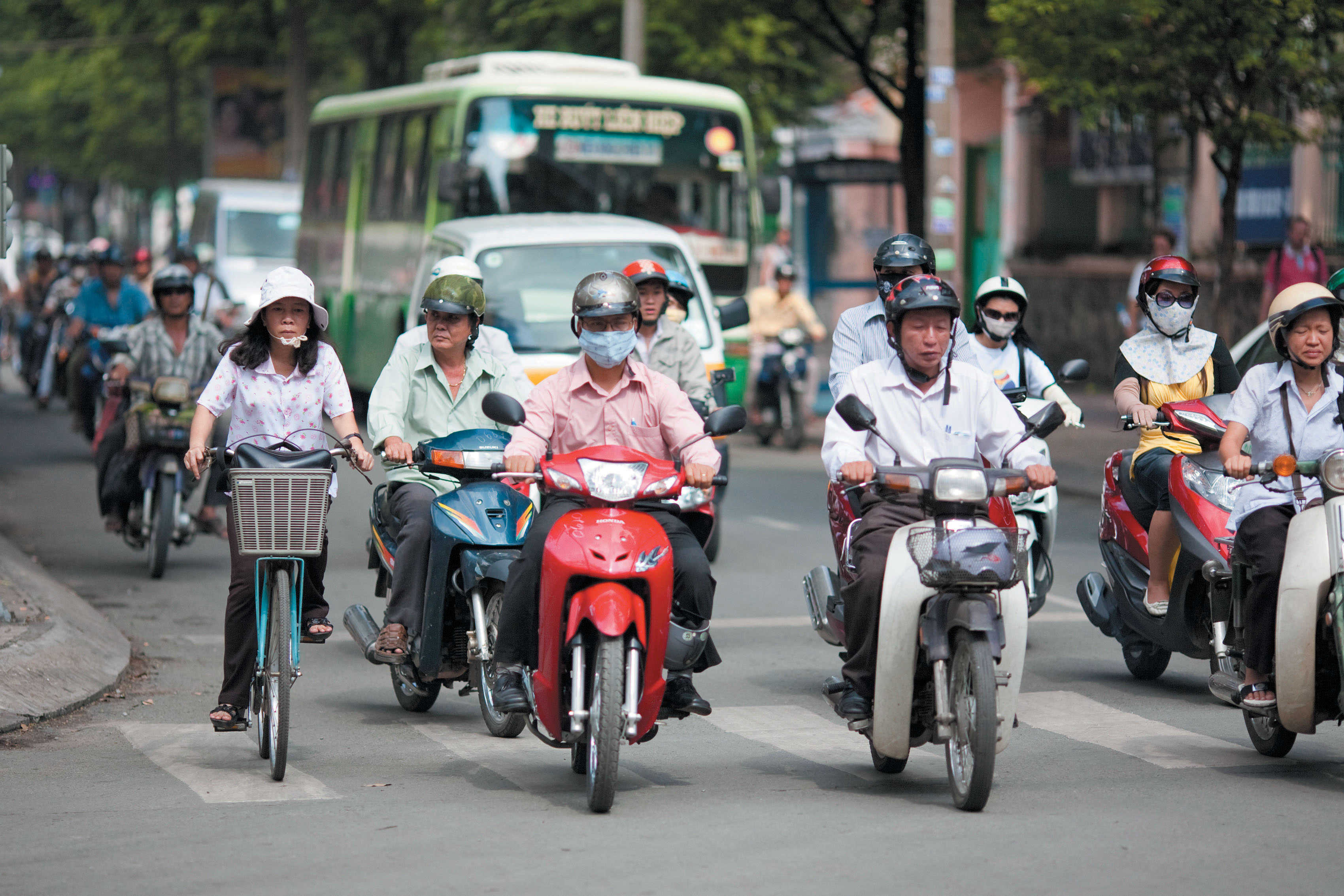Chapter Introduction
57

Population Geography
3
population geography Geodemography; the study of the spatial and ecological aspects of population, including distribution, density per unit of land area, fertility, gender, health, age, mortality, and migration.
geodemography Population geography.
One of the most important aspects of the world’s human population is its demographic characteristics, such as age, gender, health, mortality, density, and mobility. In fact, many cultural geographers argue that familiarity with the spatial dimensions of demography provides a baseline for the discipline. Thus, population geography, or geodemography, provides an ideal topic to launch a substantive discussion of the human mosaic.
The essential demographic fact is that more than 7 billion people inhabit Earth today. Numbers alone tell only part of the story of the delicate balance between human populations and the resources on which we depend for our survival, comfort, and enjoyment. Think of the sort of lifestyle you may now enjoy or aspire to in the future. Does it involve driving a car? Eating meat regularly? Owning a spacious house with central heating and air conditioning? If so, you are not alone. In fact, these “Western” consumption habits have become so widespread that they may now be more properly regarded as universal. Satisfying these demands requires using a wide range of nonrenewable resources—including fossil fuels, extensive farmlands, and fresh water—whose consumption ultimately limits the number of people Earth can support. Indeed, it has been argued that if Western lifestyles are adopted by a significant number of the globe’s inhabitants, then our current population of 7 billion is already excessive and will soon deplete or contaminate Earth’s life-support systems: the air, soil, and water we depend on for our very survival. Although we may think of our geodemographic choices, such as how many children we will have, as highly individual ones, when aggregated across whole groups they can have truly global repercussions.
58
As we do throughout this book, we approach our study using the five themes of cultural geography: culture region, diffusion, ecology, interaction, and landscape.